Each state has its own laws for the protection of nature, including Russia. The necessary changes are regularly made to the acts. The Law on Environmental Protection is currently in force. There are special amendments devoted to subsoil, forests, specially protected natural territories, etc.
In addition to laws passed by parliament, there are legal documents on environmental protection issued by the president and the Duma. All of them are subject to strict implementation, because environmental degradation has a negative effect on any living organism. There are many facts of changes in physiological reactions. For example, many representatives of flora and fauna lose their reproductive ability when polluted with pesticides.
Quantitative and qualitative indicators
In many documents that are issued in accordance with the legislation by local authorities, various departments responsible for environmental protection, the most important rules for environmental management are established. They are aimed at maintaining a high quality environment, which is determined by the totality of indicators of its condition. For example, the following data are taken into account: MPC of atmospheric air, amount of harmful substances in the territories of production zones, pollution factors of water spaces, etc.
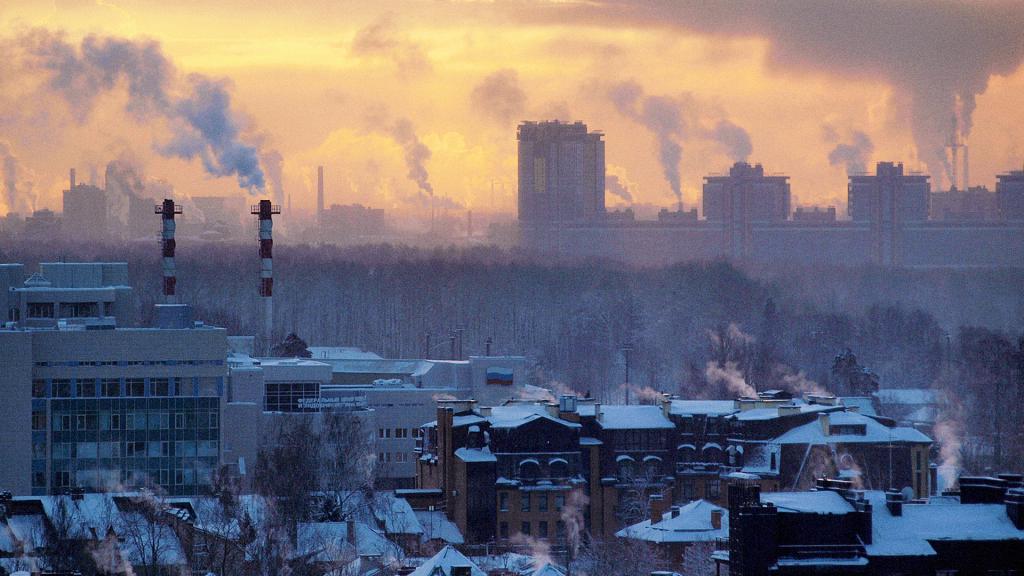
Documents establish quantitative and qualitative standards. They provide favorable conditions for the functioning of ecological systems and human life. These standards are established on the basis of scientific research. The following indicators are used as such indicators: MPC, PDV, PDN. Other terms are also used, but the above are the main ones. In this article we will find out what is MPC. This definition in the law on nature conservation is most common.
What is MPC?
MPC is the maximum permissible concentration of various substances and physical effects that pollute the environment. Among these may be natural chemicals, the content of which is constantly increasing. These include metals: lead, copper, mercury; elements with toxic effects; nitrogen and sulfur compounds.
In nature, new substances synthesized by man also appeared. Among the most harmful are numerous pesticides - drugs used to protect plants and some materials from biological pests. Mention should be made of nitrites, aromatic hydrocarbons, nitro compounds, which in large quantities accumulate in water and soil. A real disaster was the pollution of oil and its derivatives.
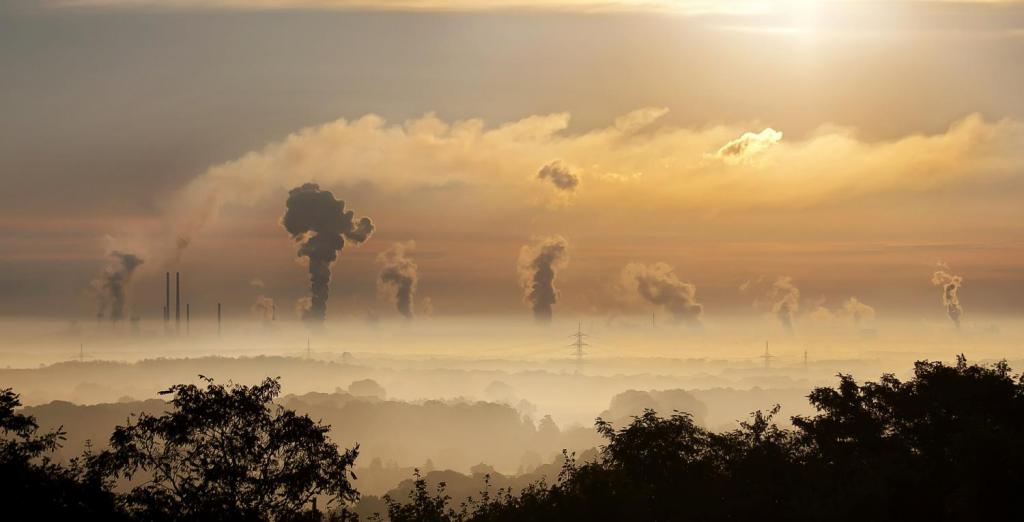
To our misfortune, sometimes we encounter radionuclides. Among physical pollutants, noise, electromagnetic and vibration are most often encountered. The levels of permissible pollution are approved by state authorities, in special cases they are tightened.
For example, the permissible concentration (MPC) in the air of the working area is significantly different from the norm provided for the resort area.
Emission limit
Having received the answer to the question what is MPC, we can conclude that a significant part of the pollutants enters the environment as a result of production activities. The use of advanced technologies, modern systems for the treatment and disposal of waste can minimize the negative impact. This is what established standards are aimed at.They are developed in relation to specific territories, taking into account the characteristics of their ecosystems. At the same time, their ability to cleanse themselves (the processing of pollutants) is taken into account.
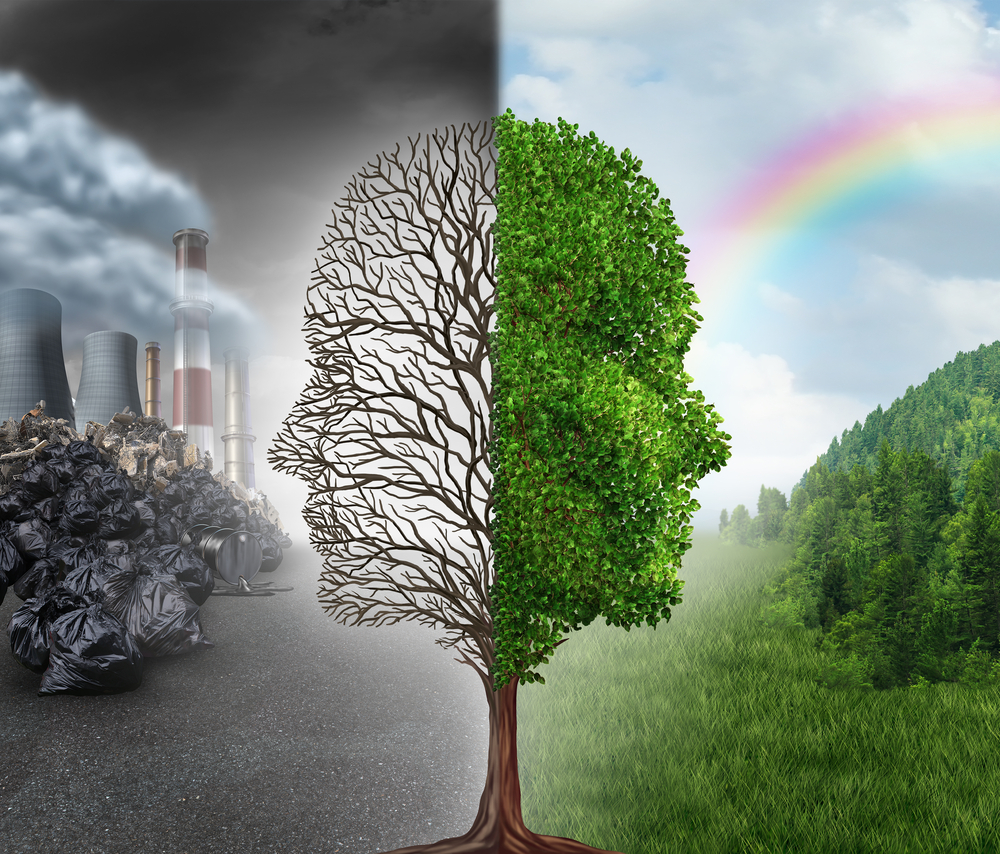
The nature and number of source enterprises are taken into account.
The total pollution for each species should not exceed the MPC of harmful substances. To standardize emissions, an environmental certification of the enterprise is carried out. Strict measures are applied to violators, up to the closure of enterprises.
If there is a slight excess of the MPC of substances in the air, a fine will be imposed, the size of which may vary.
Maximum permissible loads
These are the maximum anthropogenic impacts. They are established specifically for each territory, taking into account the ecological capacity of ecosystems. This means that any use of the territory for the construction of a plant, settlement, agriculture or forestry should cause the least possible damage to ecosystems. Irreversible destruction of them is generally unacceptable.
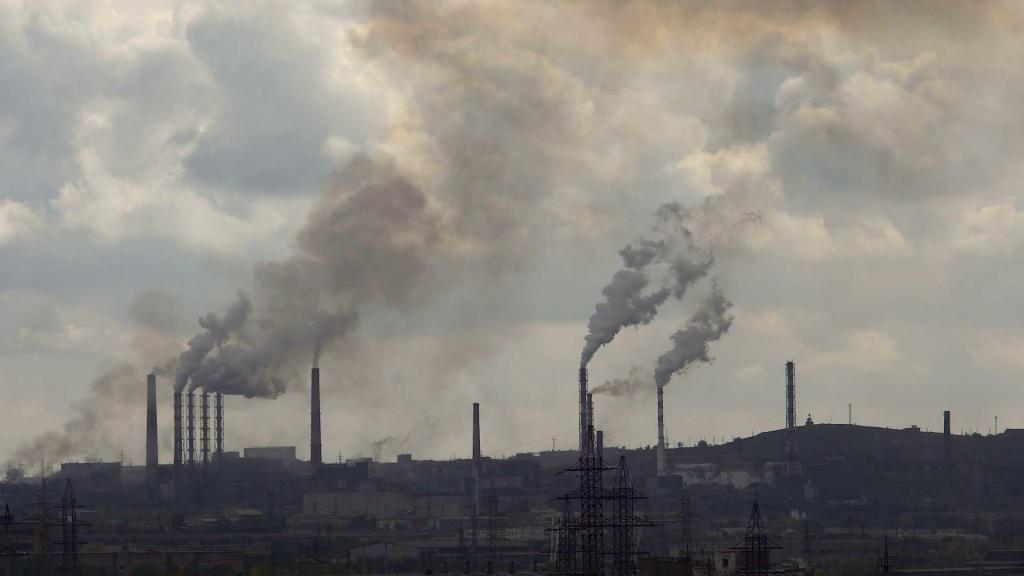
It is especially important to take into account the maximum permissible loads when developing new territories or developing existing ones. To determine them in Russia there is a state environmental review. Its passage is a prerequisite for the development of any project. Only after agreement with Rosprirodnadzor can it be realized.
Organization of environmental monitoring
Special legislative acts establish general environmental requirements for both the design and operation of facilities of various profiles. Compliance is only possible with the organization of environmental monitoring, that is, systematic observation of the state of ecosystems, their abiotic and biotic components. As a result, information is accumulated on all changes that indicate the quality of the environment.
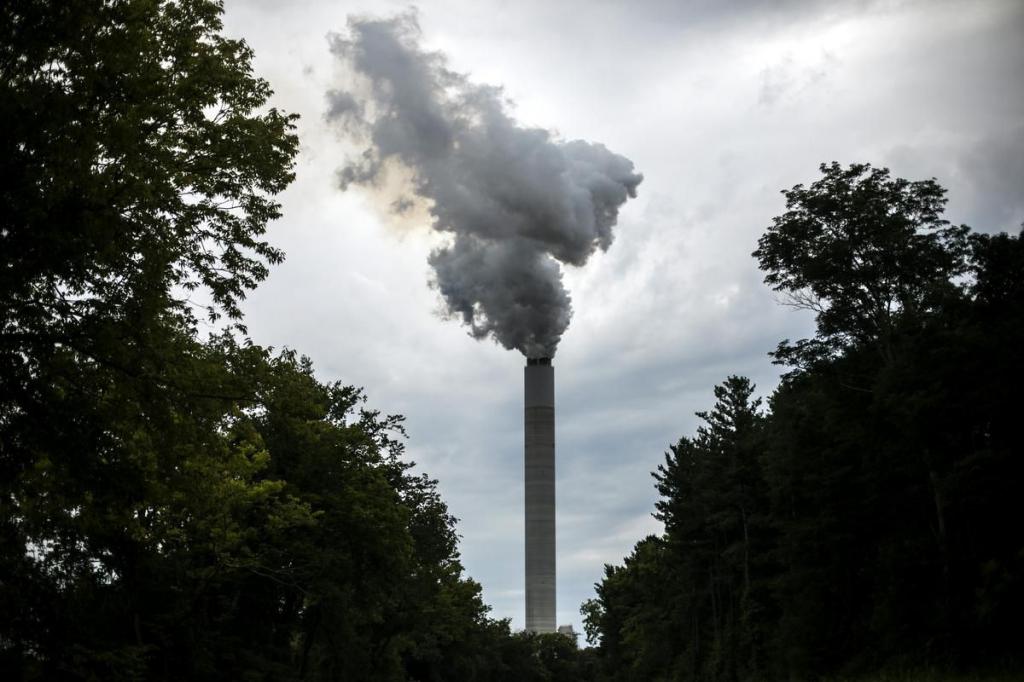
The organization of environmental monitoring should include monitoring processes of a global (biosphere) nature, as well as regional and local ones.
In Russia, such observations are carried out for the atmosphere, surface waters, seas, near-Earth space. Particular attention is paid to the state of air and water bodies in urban ecosystems. The study of natural ecosystems in various natural areas is only selectively carried out. Such work is carried out by biosphere reserves.
Steering Committees
In Russia there is a system of public authorities in the field of nature protection. Central to these is the Ministry of Natural Resources. In each subject of the federation, in any administrative region, there are corresponding committees. They coordinate the activities of departments that perform certain environmental functions (sanitary and epidemiological surveillance, hunting, fishing inspection).
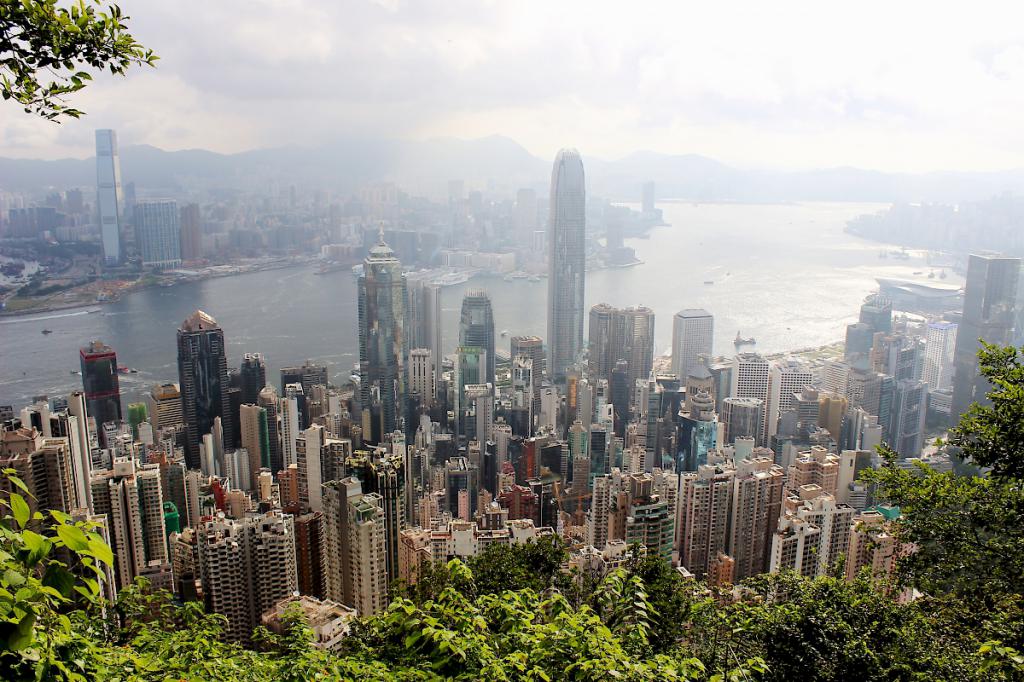
Important functions of these bodies are monitoring compliance with laws, as well as environmental management.
The theoretical foundations of nature conservation are being developed by several organizations, the leading of which is the Russian Academy of Sciences. Its head environmental institution in the northwestern region of Russia is the Research Center for Environmental Safety, located in St. Petersburg.
The economic mechanism in nature management
In recent decades, the problem of the correlation of environmental development and well-being has become increasingly important in the world. The economy must provide for the needs of people. However, population growth and urbanization often conflict with the possibilities of nature. This required the inclusion of an economic mechanism in environmental management. This problem also faces Russia.
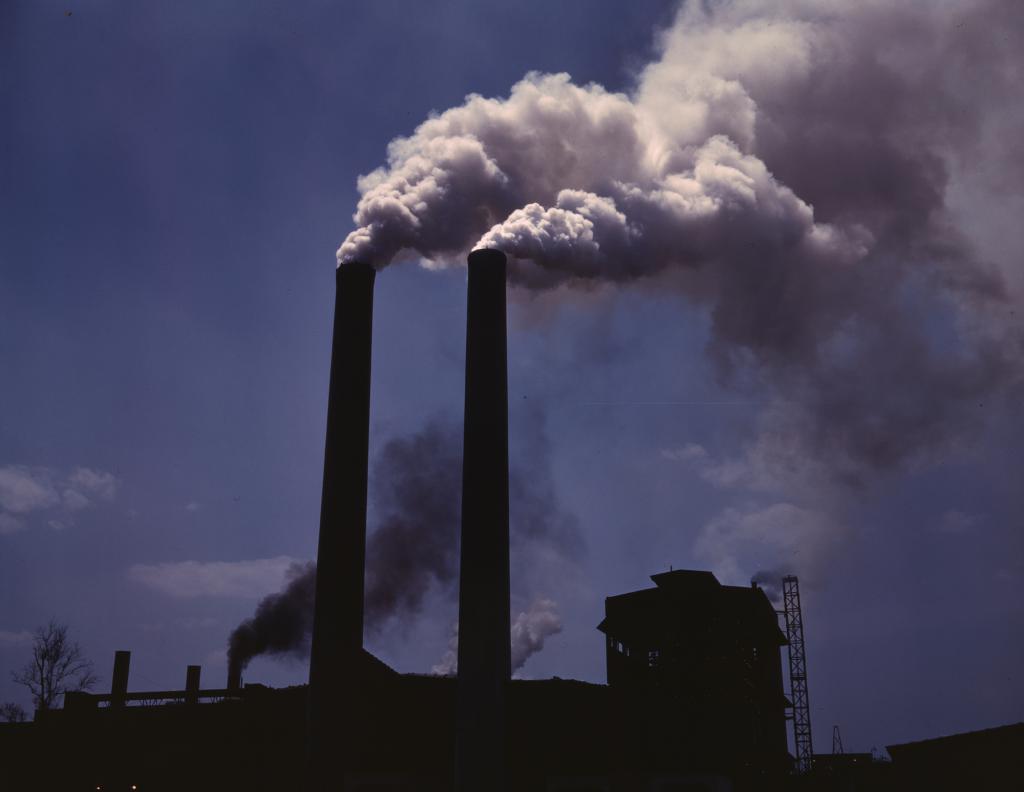
Economic methods involve strict regulation of all types of environmental management.This is the establishment of fees for the use of natural resources and the strict determination of the volumes of each type.
Environment Summit
The problem is solved in accordance with the natural features of the territory and the level of resource provision. Wasteful use cannot guarantee the stable development of any country.
At the Rio de Janeiro Summit on the Environment and Sustainable Development of the Community, these issues were the focus of attention. The scientists and politicians present at this forum spoke about the need to change the structure of consumption of natural resources, reduce the consumption of energy and raw materials, and reduce the amount of waste.
This will ensure the stable development of society and the preservation of the biosphere as a whole. Environmentalists and biologists also discussed the following issues: what is MPC in the modern world, what changes need to be made to legislation, etc.
The main directions of nature conservation
The presidential decree approved the main provisions of the state strategy of the Russian Federation on environmental protection and sustainable development. This small document considers the main tasks and directions of nature conservation in our country in order to ensure human life in a favorable environment, the development of the economy in combination with environmental safety.
The most important areas for preserving ecological systems and restoring broken ones have been outlined. Much attention is paid to international cooperation.
All these documents are published in accordance with the right of citizens and future generations to the quality environment, as well as the use of natural resource potential, enshrined in the Constitution of the Russian Federation. It is no accident that the conservation of the biological and plant diversity of the planet is recognized as one of the most important problems of our time.
